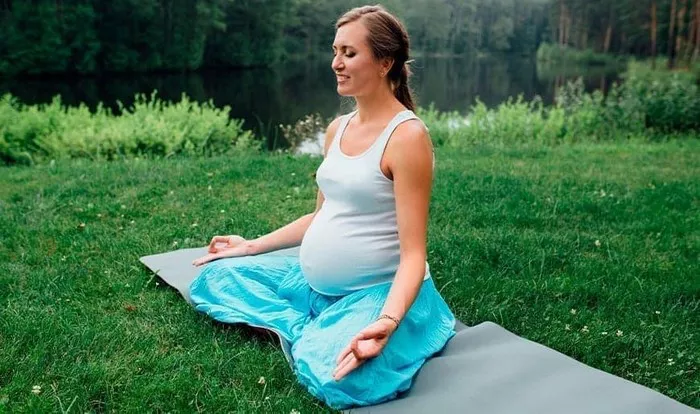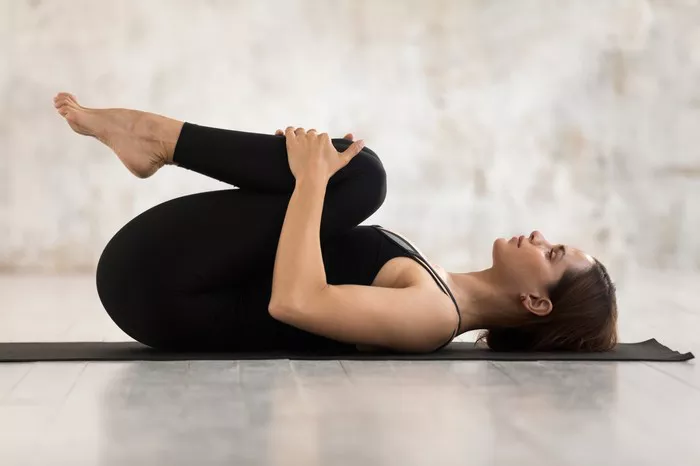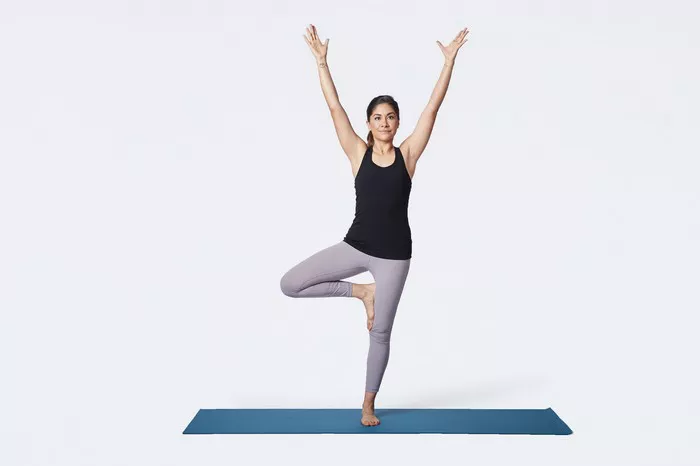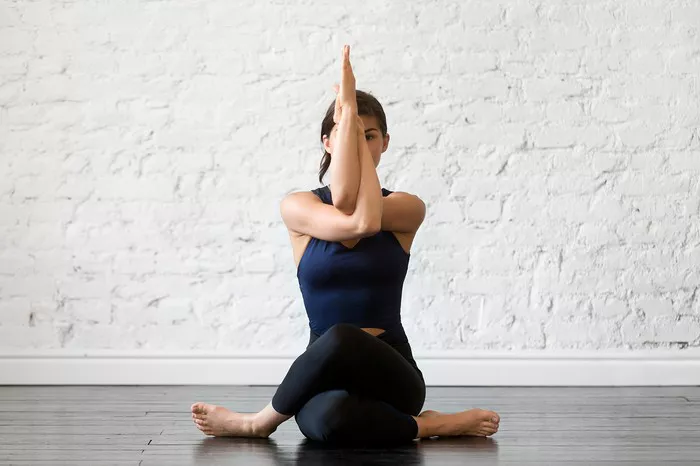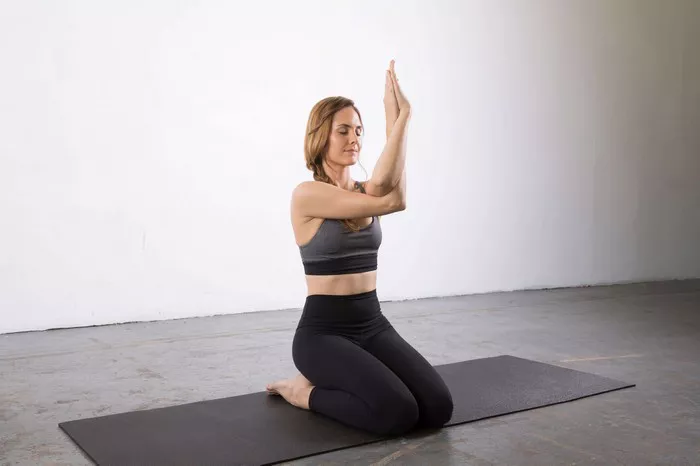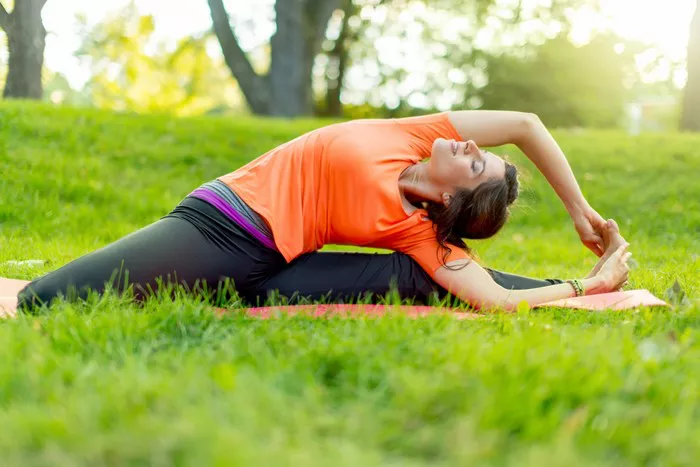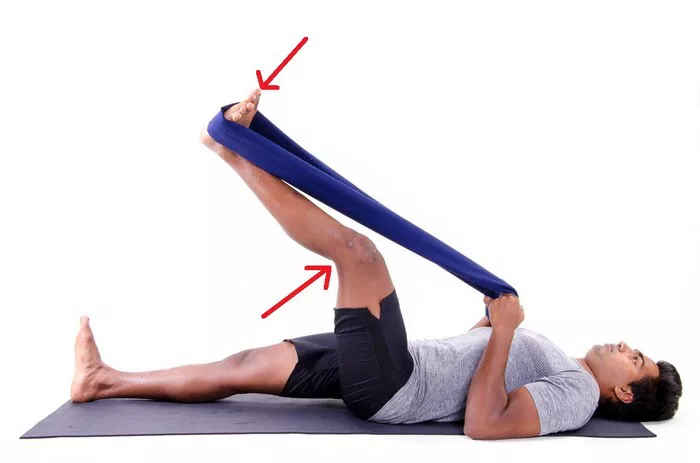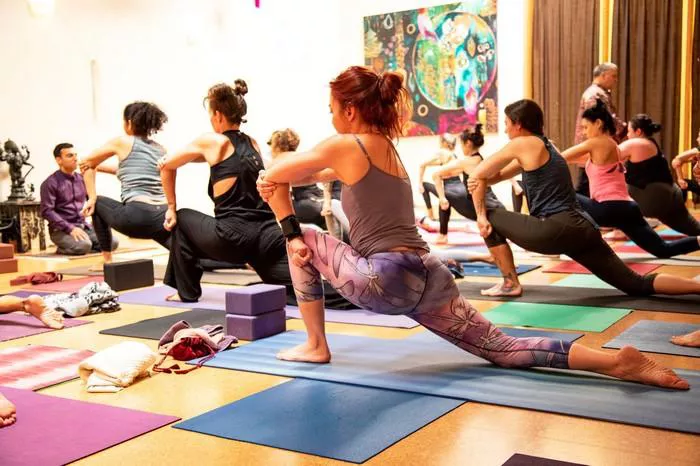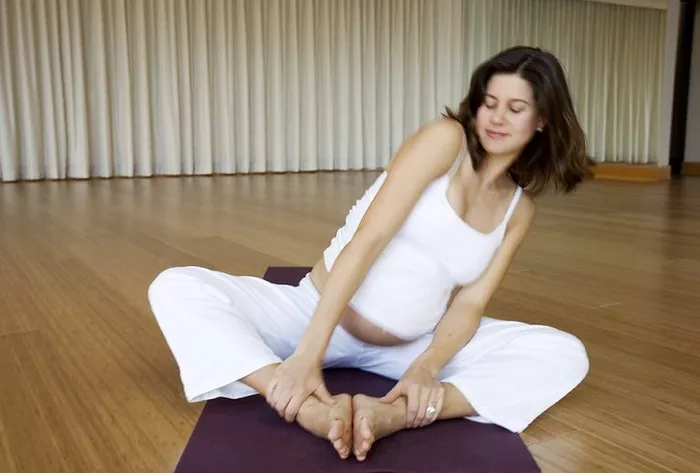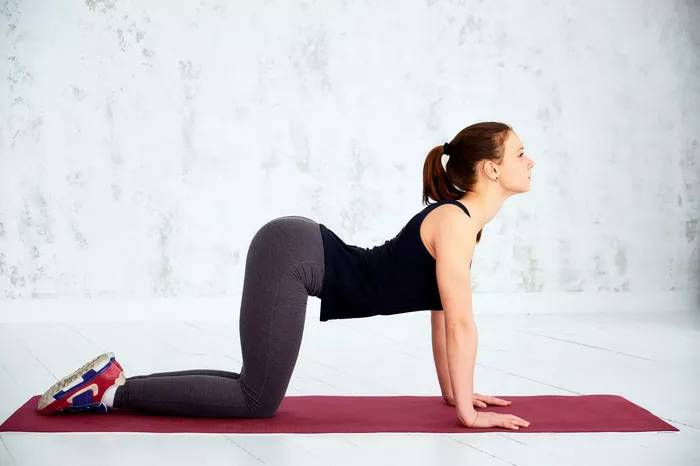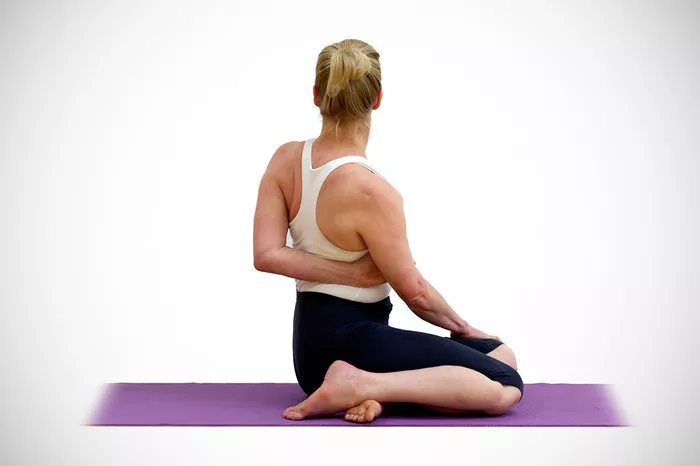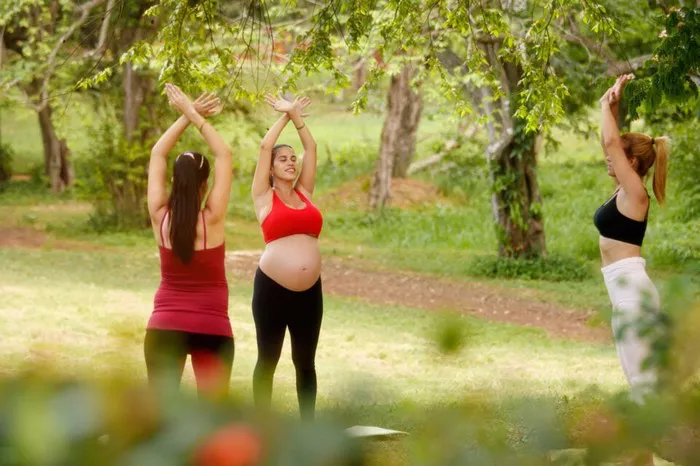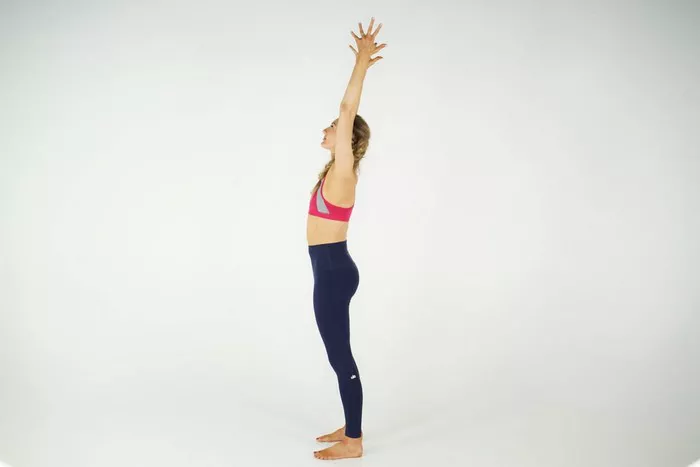Digestive discomfort caused by gas is a common issue faced by people of all ages. While there are many remedies available, both medical and natural, yoga has become increasingly popular as a holistic approach to digestive wellness. One yoga pose often mentioned in this context is the Child’s Pose. But does Child’s Pose really help with gas? This guide explores the topic in detail, offering a comprehensive look into the connection between this gentle yoga posture and digestive relief.
Understanding Digestive Gas
Gas in the digestive system forms when air is swallowed or when food breaks down in the gut. It is a natural part of digestion, but excessive gas can cause discomfort, bloating, and even pain. When gas is trapped in the intestines, it can create pressure and cramping. This often leads people to seek relief through stretching, movement, or dietary changes.
The body usually expels gas either through burping or flatulence. However, if these processes are inhibited by inactivity, improper posture, or poor digestion, the gas can remain trapped for longer periods. In such cases, certain body movements and positions can help shift the gas through the digestive tract and provide relief.
What Is Child’s Pose?
Child’s Pose, known in yoga as Balasana, is a simple yet powerful resting position. It is often practiced at the beginning or end of a yoga session to calm the mind and stretch the back. The pose involves kneeling on the floor, sitting back on the heels, and then bending forward to rest the torso over the thighs, with arms extended forward or laid alongside the body.
The position gently compresses the abdomen and encourages deep, diaphragmatic breathing. These characteristics make it potentially helpful for various physical and mental health concerns, including stress, tension, and digestive issues like gas and bloating.
How Child’s Pose May Help with Gas
There are several ways in which Child’s Pose may contribute to relief from gas. Although scientific studies specifically linking this pose to gas relief are limited, the anecdotal and physiological evidence is substantial.
1. Encourages Movement in the Digestive Tract
When the abdomen is compressed in Child’s Pose, it can help stimulate the intestines. This gentle pressure may encourage the movement of trapped gas through the gastrointestinal system, promoting its release.
2. Supports Relaxation of Abdominal Muscles
Tension in the abdominal muscles can hinder the natural flow of digestion. Child’s Pose encourages relaxation, which may help reduce this muscular tension and make it easier for gas to pass through the intestines.
3. Enhances Parasympathetic Nervous Activity
Child’s Pose encourages deep breathing and mental relaxation, both of which activate the parasympathetic nervous system, also known as the “rest and digest” system. Activation of this system enhances digestive function, which in turn can help alleviate gas and bloating.
4. Reduces Overall Stress
Stress is a known factor that can disrupt digestion. Practicing Child’s Pose regularly may help reduce stress levels, leading to improved digestive function over time and a reduction in symptoms related to gas and bloating.
Proper Technique for Child’s Pose
To gain the maximum benefits from Child’s Pose, it is important to perform it correctly. Here are step-by-step instructions:
- Start in a kneeling position, with your big toes touching and knees spread apart to a comfortable width.
- Sit back onto your heels, allowing your hips to rest towards your feet.
- Exhale and lean forward, extending your torso over your thighs.
- Rest your forehead on the mat, or on a pillow or block for support.
- Stretch your arms forward, palms down, or place them alongside your body with palms facing up.
- Breathe deeply and slowly, allowing your belly to expand into your thighs with each inhalation.
- Stay in this position for 30 seconds to several minutes, depending on comfort.
Tips for Comfort and Effectiveness
- Use a yoga block or bolster under your torso if you have tight hips or knees.
- Avoid the pose if you have knee injuries or severe joint discomfort.
- Focus on slow, deep breathing throughout the pose to enhance relaxation.
- Perform on an empty stomach or at least two hours after eating for best results.
Other Yoga Poses That Help with Gas
While Child’s Pose can be effective, combining it with other yoga poses may improve outcomes. Here are a few complementary poses that can enhance digestive movement:
1. Wind-Relieving Pose (Pawanmuktasana)
This pose directly targets gas relief by compressing the abdomen.
- Lie on your back.
- Bring one or both knees toward your chest.
- Wrap your arms around your shins and gently hug your knees to your chest.
- Hold for 30 seconds while breathing deeply.
2. Cat-Cow Pose (Marjaryasana-Bitilasana)
This dynamic pose stimulates abdominal organs and improves intestinal mobility.
- Begin on all fours.
- Inhale, arch your back (cow pose), lifting your tailbone and head.
- Exhale, round your spine (cat pose), tucking your chin and pelvis.
- Repeat for 1–2 minutes in a slow, controlled manner.
3. Seated Forward Bend (Paschimottanasana)
This stretch compresses the lower abdomen and aids digestion.
- Sit with legs extended forward.
- Inhale and raise your arms.
- Exhale and bend forward from the hips, reaching toward your feet.
- Hold the pose, breathing deeply, for up to one minute.
4. Supine Twist (Supta Matsyendrasana)
Twisting helps wring out the digestive organs, pushing gas along the intestines.
- Lie on your back.
- Bring one knee across the body.
- Extend the opposite arm out and gaze over your shoulder.
- Hold for 30 seconds and switch sides.
When to Use Child’s Pose for Gas Relief
Child’s Pose can be practiced at various times throughout the day to manage or prevent gas buildup.
Best Times to Practice
- Morning: To stimulate digestion after waking.
- After Meals: Wait at least 1–2 hours post-meal to avoid discomfort.
- Before Bed: To promote relaxation and digestive movement overnight.
- During Discomfort: When feeling bloated or experiencing cramping.
Who Should Avoid Child’s Pose?
Though generally safe, Child’s Pose may not be suitable for everyone. It’s important to consider certain conditions where the pose may cause discomfort or be contraindicated:
- Knee Injuries: Pressure on the knees may exacerbate pain.
- Pregnancy: Compression of the abdomen can be harmful during later stages.
- Severe Abdominal Pain: May indicate a medical issue requiring diagnosis.
- Spinal Conditions: Such as herniated discs, without a healthcare provider’s approval.
If any of these conditions apply, consult a healthcare professional before incorporating Child’s Pose into your routine.
Additional Natural Strategies to Reduce Gas
While yoga can be highly effective, it’s most helpful when combined with other natural strategies. Consider the following supportive approaches:
Diet Adjustments
- Limit gas-producing foods like beans, carbonated drinks, and cruciferous vegetables.
- Eat smaller, more frequent meals.
- Avoid chewing gum and drinking through straws to reduce air intake.
Hydration
- Drink plenty of water throughout the day.
- Herbal teas like peppermint or ginger can soothe digestion.
Probiotics
- Incorporate probiotic-rich foods such as yogurt, kefir, or fermented vegetables.
- Consider a probiotic supplement if recommended by a healthcare provider.
Gentle Physical Activity
- Walking after meals can help move gas through the intestines.
- Light aerobic exercise also supports healthy digestion.
What the Research Says
There is limited direct scientific research on Child’s Pose specifically for gas relief. However, existing studies on yoga and digestive health provide valuable insights:
- A 2015 review published in the Journal of Clinical Gastroenterology found that yoga can help reduce symptoms of irritable bowel syndrome, which often includes bloating and gas.
- Another study from 2016 in Evidence-Based Complementary and Alternative Medicine noted improvements in digestion and gastrointestinal function after consistent yoga practice.
These findings suggest that while Child’s Pose may not be a standalone solution, it contributes significantly to a comprehensive approach to managing gas and digestive issues.
Final Thoughts
Digestive gas is an uncomfortable but manageable issue. Incorporating yoga, especially poses like Child’s Pose, can be a natural and gentle way to support digestive health. It is accessible to most people and can be practiced without special equipment, making it a practical tool for self-care. As with any wellness practice, consistency and mindfulness are key. For those experiencing chronic or severe digestive symptoms, professional medical advice is always recommended.
By combining physical movement, focused breathing, and dietary mindfulness, individuals can gain better control over their digestive health and enjoy increased comfort and well-being.
Related Topics:

